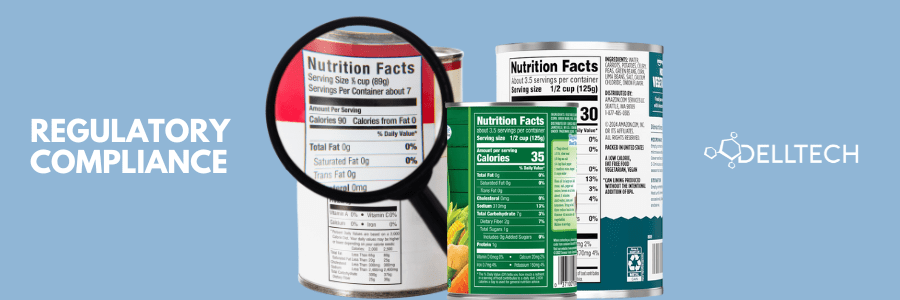In Mexico, Safety Data Sheets (SDS), or Hojas de Datos de Seguridad (HDS), are crucial for workplace safety and environmental protection. Mexican regulations for GHS (Globally Harmonized System of Classification and Labelling of Chemicals) SDSs are primarily governed by two standards: NOM-018-STPS-2015 and NMX-R-019-SCFI-2011.
NOM-018-STPS-2015: Harmonized System for the Identification and Communication of Hazard and Risks from Hazardous Chemicals in the Workplace (Sistema armonizado para la identificación y comunicación de peligros y riesgos por sustancias químicas peligrosas en los centros de trabajo). Issued by the Mexican Ministry of Labor (STPS), NOM-018-STPS-2015 establishes guidelines for chemical classification and SDS preparation based on GHS Revision 5. Effective since October 2018, it applies to all Mexican workplaces (except for pharmaceuticals, foods, cosmetics, cleaning products, insecticides, and paints). This regulation aims to ensure safe chemical handling, prevent workplace accidents, and protect worker health. Key elements include:
- Appendices: Health and physical hazard communication, SDS authoring instructions, and optional PPE and training guides.
- Exclusions: It does not address certain GHS classifications like flammable gases or pyrophoric gases, causing discrepancies with GHS classifications in Canada and the U.S.
- Language Requirement: SDSs and labels must be in Spanish, with standardized hazard and precautionary statements.
NOM-018-STPS-2015 has not adopted GHS building blocks such as Flammable Gases (Cat 1A and 1B), pyrophoric gasses, chemicals under pressure, and desensitized explosives. As such, there will be discrepancies in aerosol GHS classification compared to Canada’s WHMIS 2015 and the US HCS 2012, which are both aligning with GHS Revision 7 and 8.
SDSs and hazardous chemical labelling in Mexico must be provided in Spanish, ensuring that workers can understand safety instructions and warnings. Hazard and precautionary statements must also be codified, marking a difference from Canadian and US SDSs and labels.
NMX-R-019-SCFI-2011: Harmonized Classification System and Hazard Communication of Dangerous Chemicals standard (Sistema armonizado de clasificación y comunicación de peligros de los productos químicos.)
Issued by the Ministry of Economy in 2011, this voluntary standard complements NOM-018-STPS-2015. Based on GHS Revision 3, it fills gaps in the classification of chemical mixtures and strengthens the overall regulatory framework for chemical safety in Mexico. Because NOM-018-STPS-2015 references NMX-R-019-SCFI-2011, they work in tandem to create a comprehensive regulatory framework for chemical safety in the workplace.
Conclusion
As businesses continue to navigate the evolving landscape of chemical safety in Mexico, understanding the nuances of these regulations is essential. To ensure compliance with NOM-018-STPS-2015 and NMX-R-019-SCFI-2011, businesses can enhance safety and protect their workforce. Dell Tech now offers GHS SDSs for Mexico, complementing our services for Canada and the U.S. Contact us for more details!
DELL TECH HAS PROVIDED PROFESSIONAL, CONFIDENTIAL CONSULTING SERVICES TO THE SPECIALTY CHEMICAL INDUSTRY IN CANADA, THE USA, EUROPE AND ASIA FOR THE LAST 40 YEARS.
[INSERT_ELEMENTOR id=5705]





